Understanding Malt Liquor And Beer
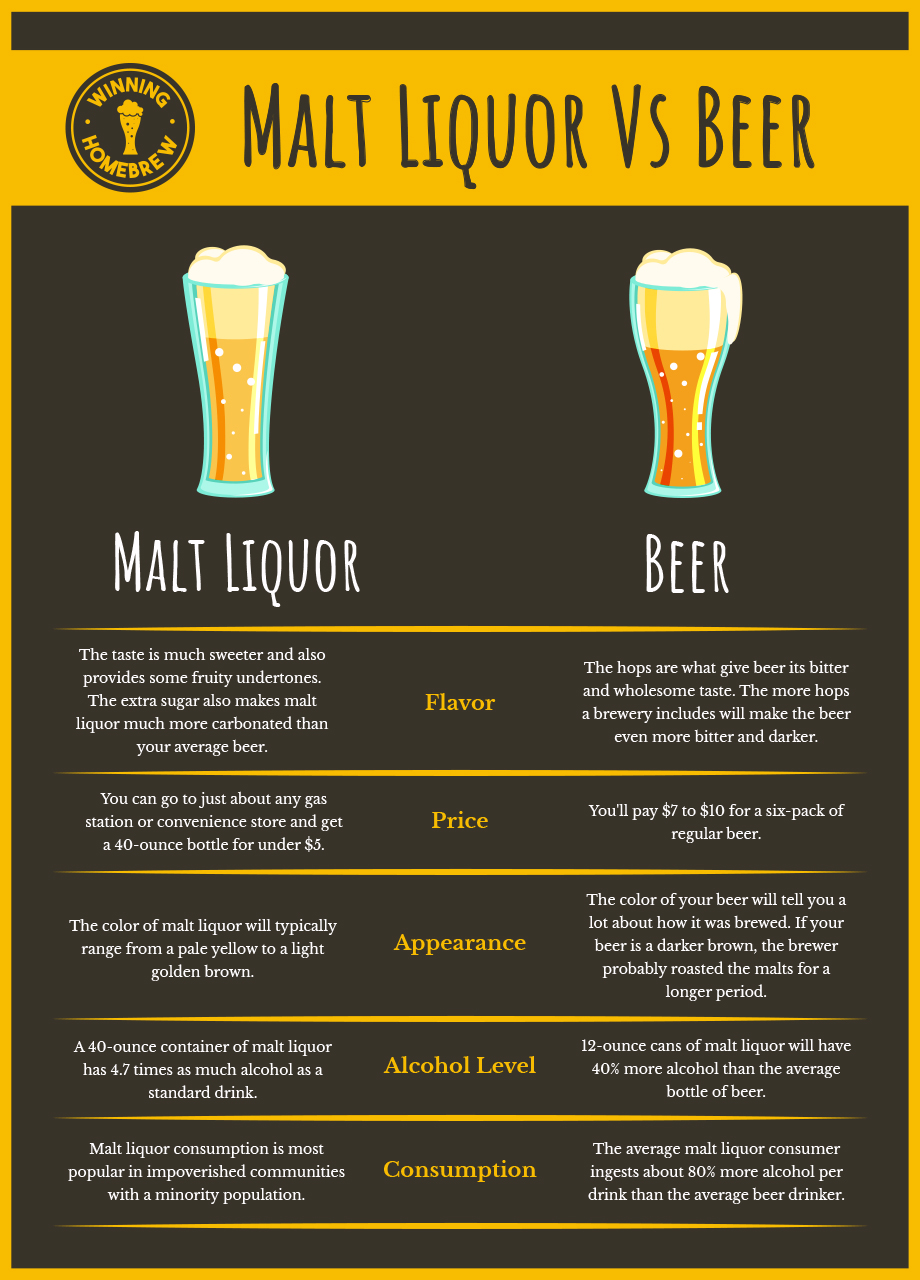
Malt liquor and beer are both malt-based beverages, but they differ in terms of alcohol content and brewing process. Malt liquor is a type of beer that contains a higher alcohol volume, typically above 5%. It is made through a fermentation process that involves heating, drying, and cracking grains, usually barley, to extract the necessary enzymes for brewing. On the other hand, traditional beer follows a similar brewing process but with lower alcohol content. Understanding these differences can help individuals make informed choices based on their personal preferences and alcohol tolerance.
Introduction To Malt Liquor And Beer
Malt liquor and beer are two popular alcoholic beverages that have been enjoyed by people around the world for centuries. Both are malt-based drinks that have similarities in their brewing process but have distinct differences in terms of alcohol content and flavor profiles. Malt liquor, often referred to as a “heavy beer,” contains a higher alcohol volume, typically above 5%, making it stronger than traditional beer. On the other hand, traditional beer has a lower alcohol content, usually below 5%. Understanding these differences can help individuals make informed choices when selecting their preferred beverage.
Key Differences Between Malt Liquor And Traditional Beer
There are several key differences between malt liquor and traditional beer. These differences include:
- Ingredients: Malt liquor is brewed from a mixture of malted barley and corn, while traditional beer is brewed from malted barley only.
- Alcohol Content: Malt liquor typically has a higher alcohol content than traditional beer. Malt liquor usually has an ABV (alcohol by volume) of around 5% or higher, while traditional beer typically has an ABV below 5%.
- Flavor Profile: Malt liquor tends to have a stronger, more robust flavor compared to traditional beer. It often has a sweeter and maltier taste.
- Perception: Malt liquor is often associated with being a stronger and more potent drink, while traditional beer is seen as a lighter and more refreshing beverage.
These differences in ingredients, alcohol content, flavor profile, and perception make malt liquor and traditional beer distinct beverages.
Brewing Process
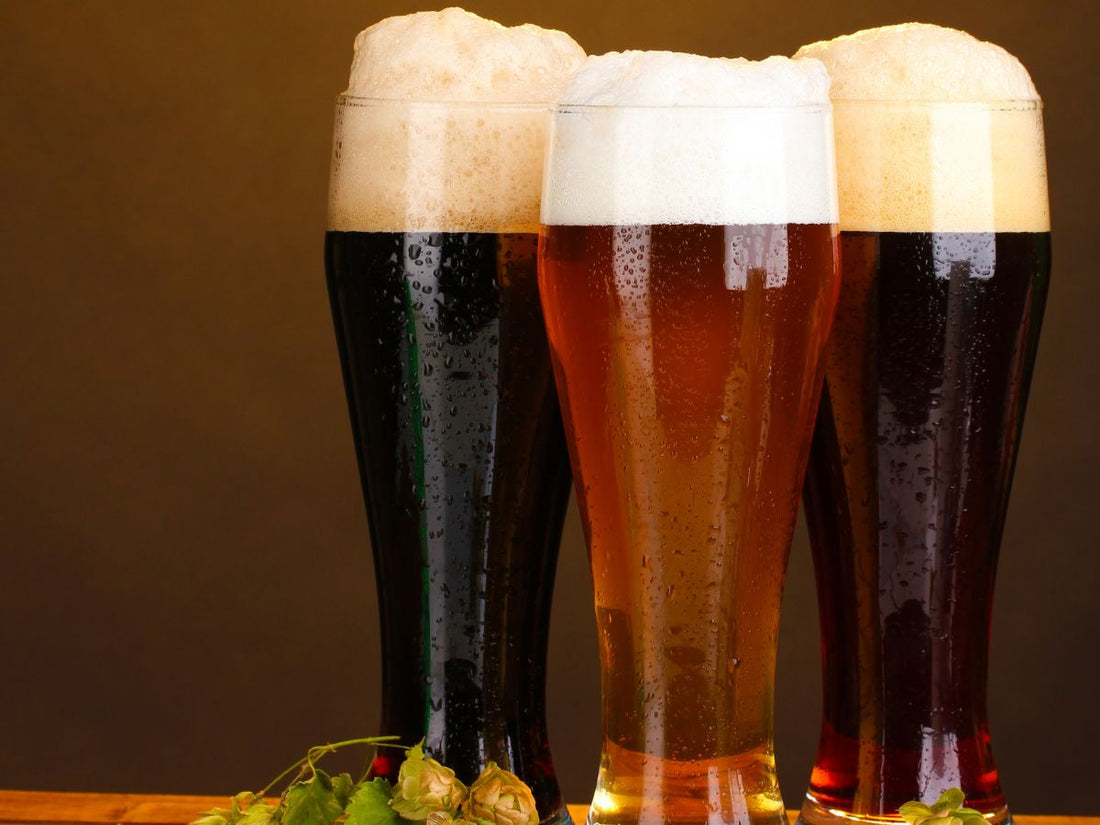
The brewing process for malt liquor and traditional beer follows a similar basic outline, but there are some key differences. Malt liquor is brewed using a mixture of malted barley and corn, while traditional beer is brewed using malted barley alone. Both beverages involve the steps of mashing, lautering, boiling, fermenting, and packaging. However, the specific ingredients and ratios used in each process result in differences in flavor, color, and overall characteristics. The brewing process for malt liquor often aims to create a stronger and more robust product, while traditional beer focuses on lighter and more refreshing qualities.
Malt Liquor Brewing Process
The brewing process for malt liquor begins with a mixture of malted barley and corn. This mixture is mashed together in hot water, allowing the enzymes in the malted barley to convert starches into fermentable sugars. After the mash is complete, the liquid is separated from the solids through lautering. The liquid, known as wort, is then boiled and hops are added for flavor and aroma. Once the boiling process is finished, the wort is cooled and yeast is added for fermentation. The fermentation process typically lasts a few weeks, resulting in the development of alcohol and carbonation. Finally, the malt liquor is packaged for distribution and consumption.
Traditional Beer Brewing Process
The traditional beer brewing process starts with malted barley, which is steeped in hot water to activate enzymes that convert starches into fermentable sugars. The liquid, or wort, is separated from the grains and then boiled. Hops are added during the boiling process to provide bitterness and aroma. After boiling, the wort is cooled and yeast is added for fermentation. This process typically takes a few weeks, during which the yeast consumes the sugars and produces alcohol and carbonation. Finally, the beer is packaged for distribution and consumption.
Alcohol Content And Flavor Profiles

Malt liquor and beer not only differ in terms of their brewing process, but also in terms of their alcohol content and flavor profiles. Malt liquor tends to have a higher alcohol content compared to traditional beer, ranging from 5% to 8% ABV. This higher alcohol content gives malt liquor a stronger and more intense flavor profile. On the other hand, beer typically has a lower alcohol content, ranging from 4% to 6% ABV, and offers a wide variety of flavor profiles depending on the style, including light and crisp lagers, hop-forward IPAs, and rich and malty stouts. These differences in alcohol content and flavor profiles contribute to the distinct characteristics of malt liquor and beer.
Alcohol Content Variations In Malt Liquor And Beer
Malt liquor and beer differ significantly in terms of their alcohol content. Malt liquor typically has a higher alcohol content compared to traditional beer. Malt liquor’s alcohol content can range from 6% to 9% ABV, and sometimes even higher. This higher alcohol concentration gives malt liquor its stronger and more potent character. On the other hand, beer usually has a lower alcohol content, with most beers ranging from 4% to 5% ABV. This difference in alcohol content contributes to the distinct characteristics and effects of malt liquor and beer.
Flavor Profiles Of Malt Liquor Versus Beer
Flavor profiles of Malt Liquor and Beer differ significantly due to their unique brewing processes and ingredients. Malt Liquor, with its higher malt content and alcohol concentration, tends to have a sweeter and more robust flavor profile. It often exhibits notes of caramel, toffee, and even fruitiness. On the other hand, Beer offers a wide range of flavors, depending on the style and ingredients used. It can range from crisp and hoppy to rich and malty, with flavors of citrus, floral, roasted grains, or spices. The choice between Malt Liquor and Beer ultimately comes down to individual taste preferences.
Cultural Perceptions And Marketing
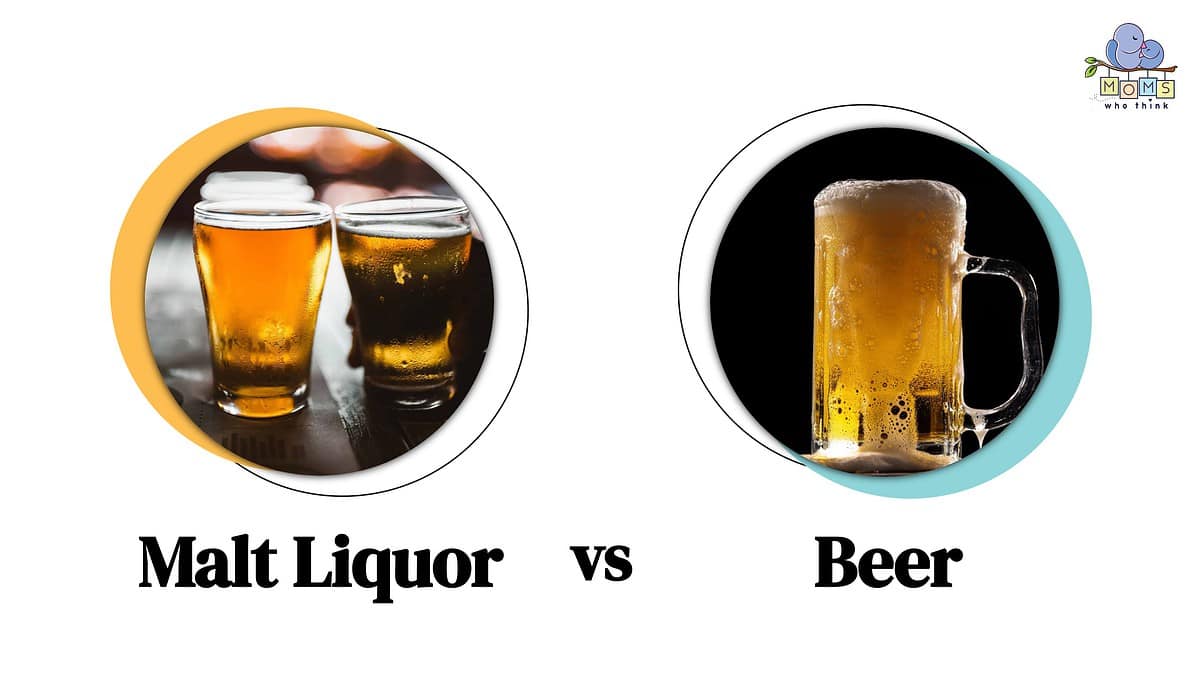
Cultural perceptions play a significant role in shaping the reputation of Malt Liquor and Beer. Malt liquor has had a complex reputation, often associated with excessive consumption and certain social stigmas. However, it’s important to recognize that these perceptions do not define the entirety of the malt liquor category, as there are variations within malt liquors themselves. On the other hand, beer is widely celebrated in various cultures around the world. From craft breweries to iconic international brands, beer is appreciated for its versatility, pairing possibilities, and the craftsmanship involved in its production. The marketing strategies for both Malt Liquor and Beer brands aim to tap into these cultural perceptions, promoting their unique qualities and appealing to specific target markets.
Cultural Associations With Malt Liquor And Beer
Malt liquor and beer have distinct cultural associations that contribute to their perception and consumption patterns. Malt liquor has often been associated with urban and lower-income communities, and it has faced criticism for being connected to excessive drinking and negative social outcomes. On the other hand, beer has a more diverse range of cultural associations. It is celebrated in various cultural traditions, such as Oktoberfest in Germany and Pilsner in the Czech Republic. Beer is commonly associated with socializing, relaxation, and enjoyment, and it is often seen as a staple beverage in many cultures around the world.
Marketing Strategies For Malt Liquor And Beer Brands
Marketing strategies for Malt Liquor and Beer brands focus on differentiating their products and appealing to their target markets. Malt liquor brands often target urban and lower-income communities through aggressive advertising, sponsorships, and collaborations with popular artists or celebrities. They emphasize affordability, strength, and the “urban cool” image. On the other hand, beer brands employ a more diverse range of marketing approaches. They emphasize quality, craftsmanship, and tradition, often highlighting the brewing process, ingredients, and regional origins. Beer brands also focus on creating associations with socializing, relaxation, and enjoyment, targeting a wider range of consumers.
Legal Regulations And Labeling

Legal regulations play a significant role in the production and distribution of malt liquor and beer. In many countries, including the United States, malt liquor is subject to different regulations than beer due to its higher alcohol concentration. For example, in the US, malt liquor must adhere to specific labeling requirements, including the disclosure of alcohol content and the use of warning labels. On the other hand, beer is subject to its own set of regulations, which may vary depending on the country or region. These regulations ensure that consumers are aware of the alcohol content and potential risks associated with these beverages.
Regulations Governing Malt Liquor And Beer Production
In many countries, including the United States, malt liquor is subject to different regulations than beer due to its higher alcohol concentration. These regulations ensure that consumers are aware of the alcohol content and potential risks associated with these beverages. For example, in the US, malt liquor must adhere to specific labeling requirements, including the disclosure of alcohol content and the use of warning labels. On the other hand, beer is subject to its own set of regulations, which may vary depending on the country or region. These regulations aim to maintain product quality and ensure consumer safety.
Labeling Requirements For Malt Liquor And Beer Products
In many countries, including the United States, malt liquor is subject to different regulations than beer due to its higher alcohol concentration. These regulations ensure that consumers are aware of the alcohol content and potential risks associated with these beverages. For example, in the US, malt liquor must adhere to specific labeling requirements, including the disclosure of alcohol content and the use of warning labels. On the other hand, beer is subject to its own set of regulations, which may vary depending on the country or region. These regulations aim to maintain product quality and ensure consumer safety.
Conclusion
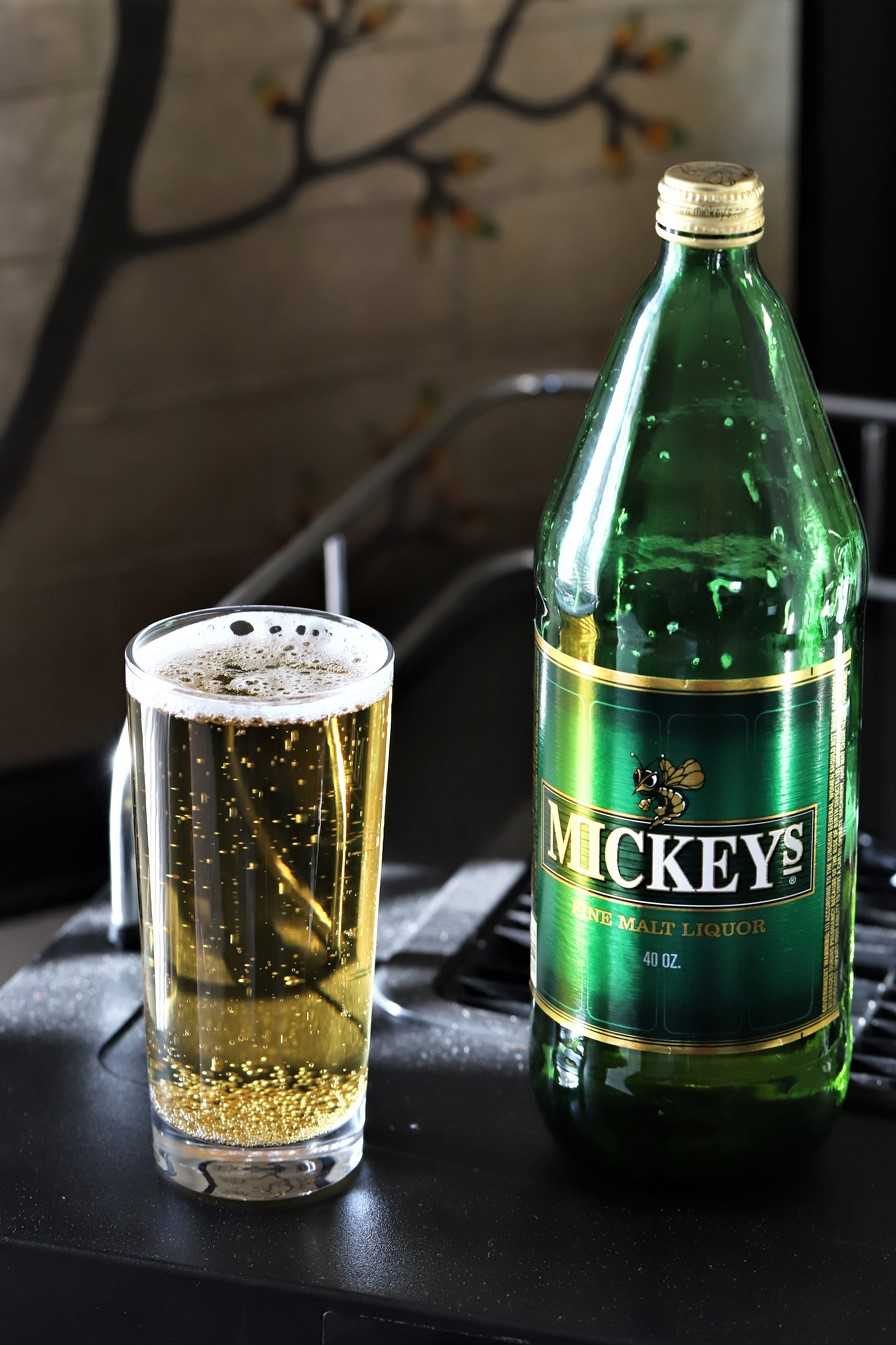
In conclusion, it is clear that there are notable differences between malt liquor and traditional beer. Malt liquor is made from a blend of malted barley and corn, while beer is brewed solely from malted barley. The higher alcohol content in malt liquor gives it a stronger kick compared to beer. Additionally, cultural associations and marketing strategies play a role in how these beverages are perceived and consumed. Understanding these distinctions allows individuals to make informed decisions when choosing between malt liquor and beer based on their personal preferences and considerations.
Summary Of Differences Between Malt Liquor And Traditional Beer
Malt liquor and traditional beer have several key differences. Malt liquor is made from a blend of malted barley and corn, while traditional beer is brewed solely from malted barley. Malt liquor usually has a higher alcohol content, giving it a stronger kick compared to beer. Additionally, malt liquor tends to have a thicker and syrupy consistency, while beer is typically lighter. These distinctions in ingredients, alcohol content, and consistency contribute to the distinct flavor profiles and cultural associations of malt liquor and beer. Understanding these differences can help individuals make informed choices based on their preferences and circumstances.
Personal Preferences And Considerations For Choosing Between Malt Liquor And Beer
When it comes to choosing between Malt Liquor and Beer, personal preferences play a significant role. Some individuals may prefer the stronger and bolder taste of Malt Liquor, while others may enjoy the variety and subtle flavors of Beer. Considerations such as alcohol content, occasion, and the desired drinking experience also come into play. For those seeking a higher alcohol content and a more intense drinking experience, Malt Liquor may be the preferred choice. On the other hand, Beer offers a wide range of styles and flavors, making it suitable for different occasions and personal tastes. Ultimately, it boils down to individual preference and the desired drinking experience.
FAQ About Malt Liquor Vs Beer: Differentiating Between Malt Liquor And Traditional Beer
Q: What is the main difference between malt liquor and traditional beer?
A: The main difference lies in the alcohol content. Malt liquor typically has a higher alcohol content than traditional beer.
Q: Is there a difference in taste between malt liquor and beer?
A: Yes, there is a noticeable difference in taste. Malt liquor tends to have a stronger, sweeter taste compared to traditional beer.
Q: Are there any differences in the brewing process of malt liquor and beer?
A: Yes, the brewing process for malt liquor often involves the use of adjuncts like corn or rice, which can impact the flavor and alcohol content, while traditional beer brewing typically focuses on barley malt as the primary ingredient.
Q: Are there specific brands or types that fall under malt liquor or beer categories?
A: Yes, there are specific brands associated with each category. Popular malt liquor brands include Colt 45 and Olde English 800, while traditional beer brands encompass a wide range of styles such as lagers, ales, and stouts.
Q: Can malt liquor and beer be used interchangeably in recipes or cooking?
A: While both malt liquor and beer can be used in cooking, their distinct flavors may alter the taste of the dish. It is recommended to choose the beverage that complements the recipe to achieve the desired flavor profile.
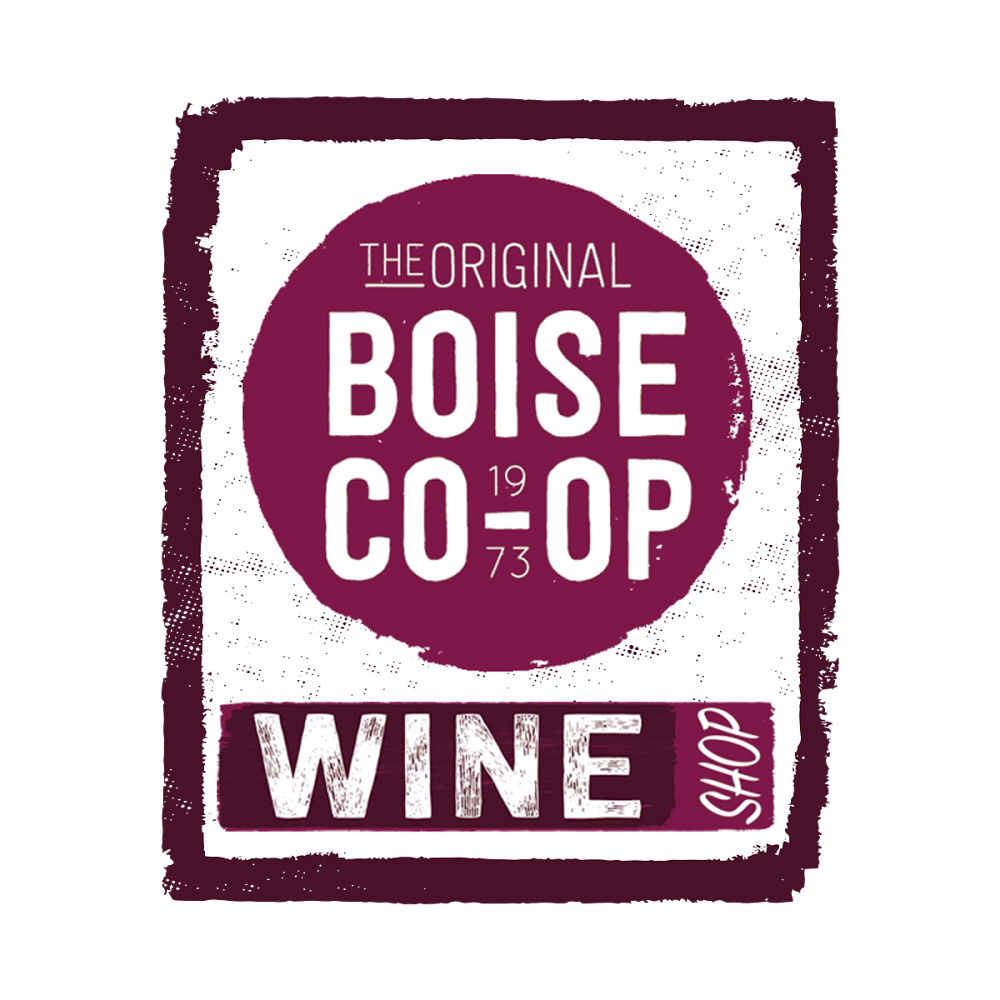
Boise Co-op Wine Shop is the Treasure Valley’s ultimate destination for wine enthusiasts. With a focus on providing an exceptional selection of wines, our North End Wine Shop and robust wine departments cater to our valued customers’ diverse tastes and preferences. Founded to bring the finest wines to our community, Boise Co-op Wine Shop has established itself as the go-to source for quality and variety. Our commitment to offering an extensive range of wines ensures that every visitor can find the perfect bottle for any occasion, whether it’s a special celebration or a casual gathering.